- This post contains affiliate links. Read more here.
- Not a substitute for professional veterinary help.
This article is an overview of patellar luxation (or, luxating patella) as a condition and is not meant as professional medical or veterinary advice. If you suspect your dog has patellar luxation, be sure to consult directly with your veterinarian.
At its most basic, patellar luxation is a fancy term for a “bum knee.” Many humans suffer from this and, unfortunately, so can our dogs. The good news is patellar luxation is relatively common, not life threatening and, in general, not particularly painful. A well-defined care plan created with your veterinarian can help keep your pooch on the go.
What is patellar luxation in dogs?
The patella is the kneecap. The term “luxation” means out of place or dislocated. Put together, you’ve got a kneecap that moves out of its intended position, according to PetMD. In most cases the kneecap pops out of its spot in the thigh bone and moves either toward the outside (lateral) or inside (medial) of the leg. Lateral luxation is less common and occurs more in larger breed dogs. Patellar luxation can happen in one, or both, hind legs. It is most commonly a congenital (meaning a dog is born with it) orthopedic condition though it can also be caused by an injury. Luxating patellas are more common in some breeds than others.
A luxating patella is usually diagnosed in puppies and can be treated with physical therapy and medication. More serious forms may require surgery.
Are certain breeds of dog more prone to patellar luxation?
Patellar luxation is most common in Boston Terriers, Chihuahuas, Miniature Poodles, Pomeranians, and Yorkshire Terriers; but it can affect any dog.
What are the signs of patellar luxation in dogs?
The good news here is that a luxating patella is pretty easy to spot in your dog. The most common sign is a change in stride that might look like a skip in the step or result in walking on three legs. Sometimes a dog might hold or stretch the leg behind them. The hop, skip, or stretch happens when the kneecap is out of place. When it pops back in, the dog will go back to their normal stride.
As described by emergency veterinarian Dr. Jennifer Seid, there are four grades of patellar luxation in dogs:
- Grade I: The kneecap dislocates out of its normal position with manual pressure but returns immediately when it’s released. Grade I is usually found incidentally on examination by a vet and usually doesn’t result in clinical symptoms.
Grade II: The dog’s kneecap readily shifts out of its normal position with manual pressure and remains displaced until it’s manually adjusted. Lameness is usually intermittent when the patella luxates out of its normal position and can be painful if there’s damage to the cartilage caused by frequent luxation.
Grade III: The kneecap is disjointed most of the time but can be returned to its normal position with manual pressure. Once this pressure is removed, however, the patella begins to spontaneously luxate. Due to limb structure changes and/or cartilage damage from repeated luxation, dogs at this level may experience more pain and exhibit more lameness.
Grade IV: The dog’s kneecap is permanently dislodged from its normal position and cannot be manually replaced. Severe limb structure changes are usually present, which can lead to lameness and otherwise impaired mobility and reduced limb function.
Most Grade I and Grade II cases of patellar luxation can be treated with medication. They may also require exercise restrictions and weight management measures. In these instances, physical therapy may help your dog gain muscle strength which can help get them back to normal activity levels. If a Grade II dog is determined to be experiencing pain, surgery might be an option. For Grades III and IV, surgery is usually necessary.
While you help your dog through the process of diagnosis and treatment, there are some products that may make life a little easier (and more comfortable) for you both.
5 Items to Help Dogs With Patellar Luxation
While there is little that will stop a dog’s patella from moving out of place if it wants to, these non-slip booties can help provide a little stability. These are especially helpful if you live in a place where it rains or freezes a lot. Having some traction in slip ‘n’ slide weather ensures you can keep your furry friend at a good weight and in good shape, which makes living with patellar luxation a bit easier.
An orthopedic dog bed provides firm, yet comfy, support for all dogs. But it’s especially helpful for those who could use a little ease on injured areas. A good bed won’t cure patellar luxation in dogs but it can provide good support for the damaged joint. Plus, these beds are super cute, easily washable, and come in a variety of designs, sizes, and shapes.
If your dog is experiencing some pain due to patellar luxation but not quite prime for surgery, a sturdy and supportive harness can be really helpful. This one provides a secure harness for walks but also has a handle on top that gives you the option to lend a hand if it seems your pup is in need.
For dogs who do have to go through surgery to repair a luxating patella, a sling can be extremely useful. This sturdy tool is easy to use and comfortable for both you and your dog to manage. It’s a great option to help your dog move around the house and out to the yard while waiting for, or recovering from, surgery.
If you have slippery uncarpeted floors, area rugs can be a great way to provide firmer footing for your dog with patellar luxation. These are great because they come in many colors, patterns, and sizes—at a good price—to coordinate with your home. Bonus? They’re washable!
As you likely know, veterinary care can be very expensive. If you’re interested in exploring pet insurance we’ve taken a deep dive into how it works and if it might be right for you.
To sum it all up: Patellar luxation in your dog may not be a ton of fun to deal with—but it can be dealt with! A combination of good veterinary care, lots of snuggles, and some carefully chosen support products like these should help your pup kick patellar luxation to the curb.

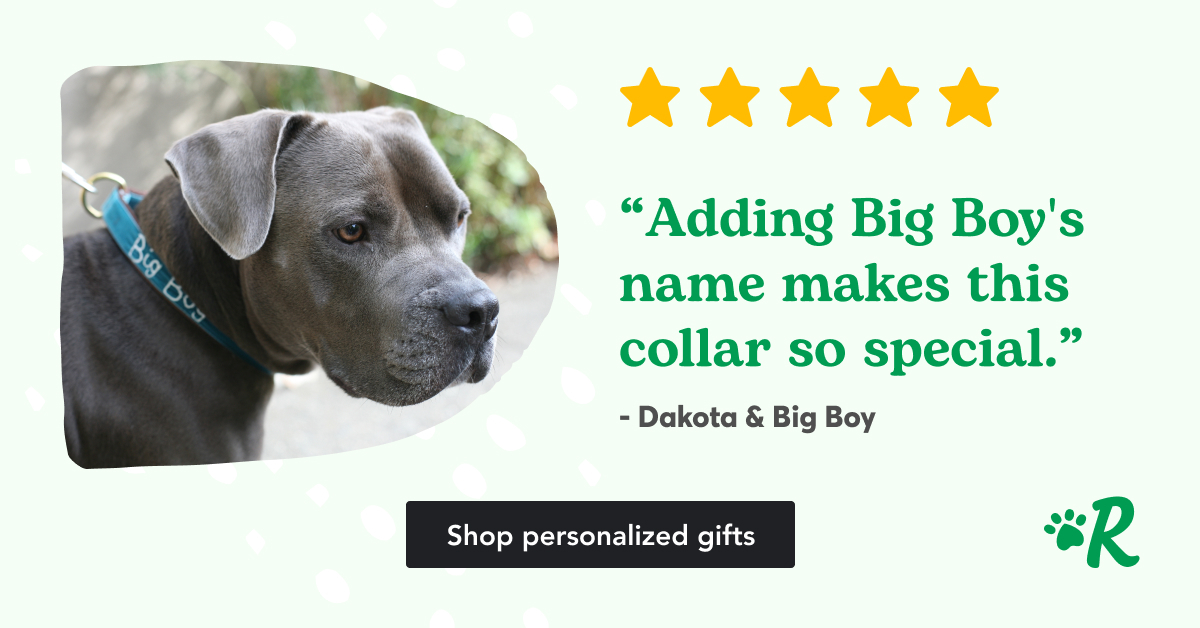
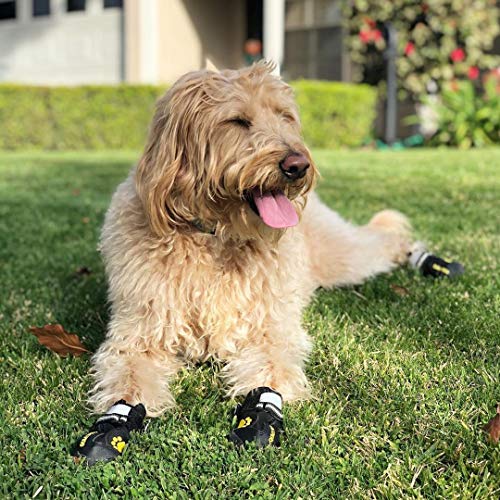
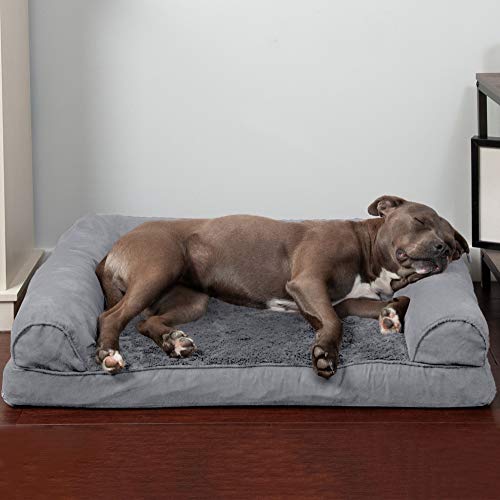
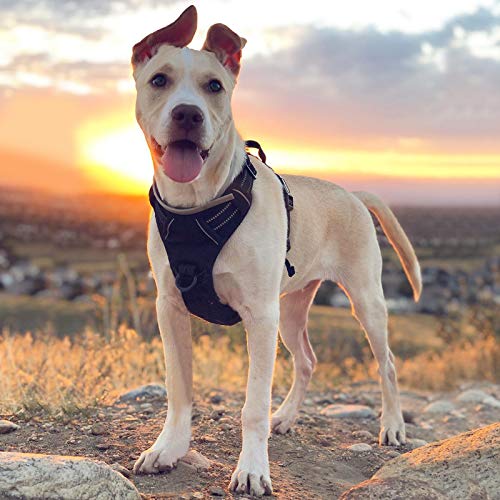
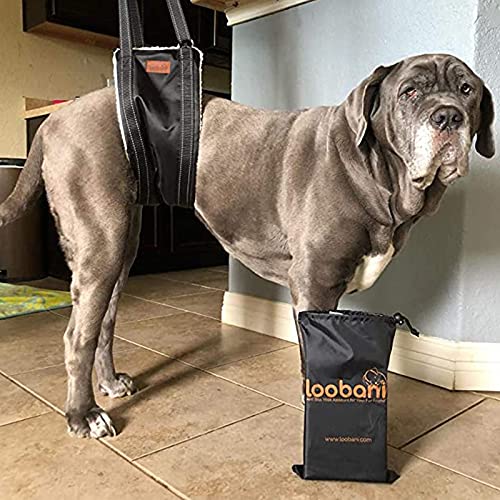

1 Comment